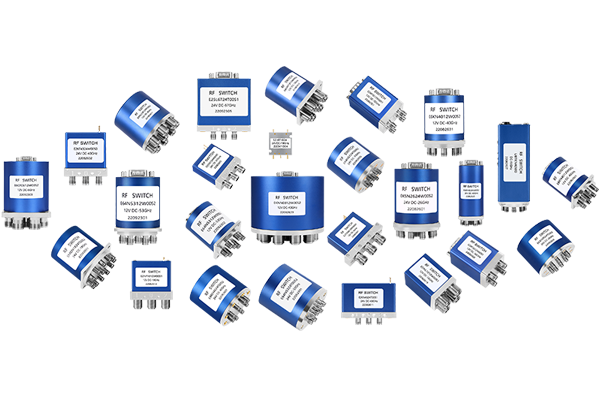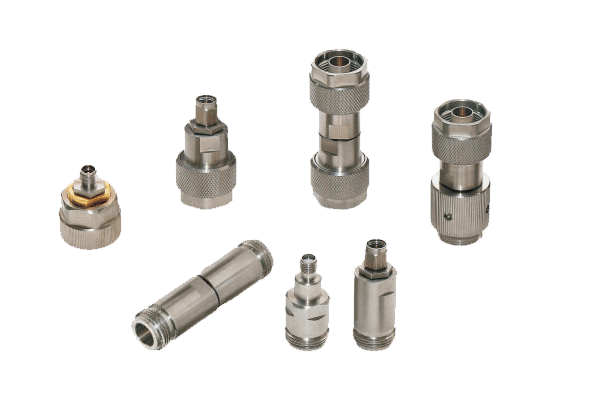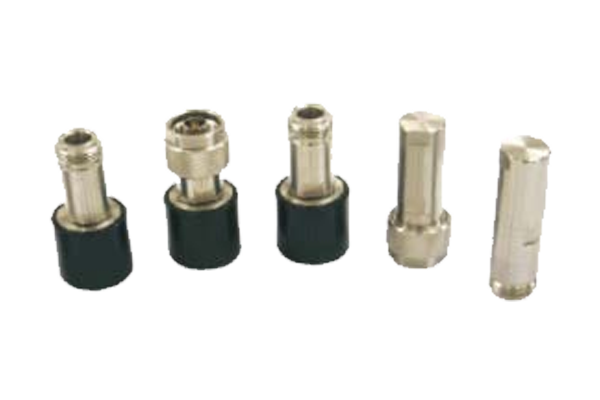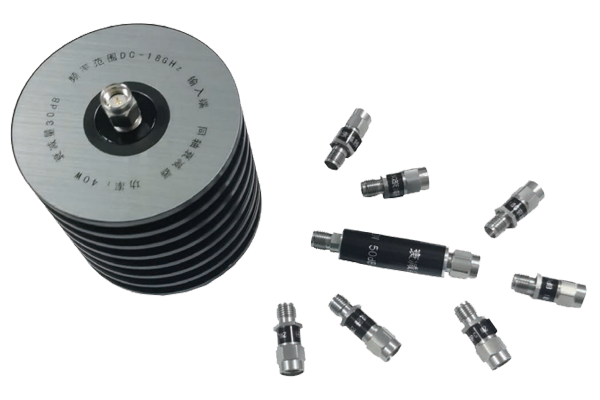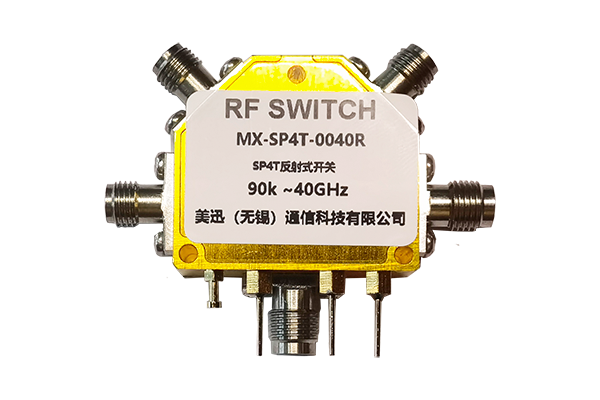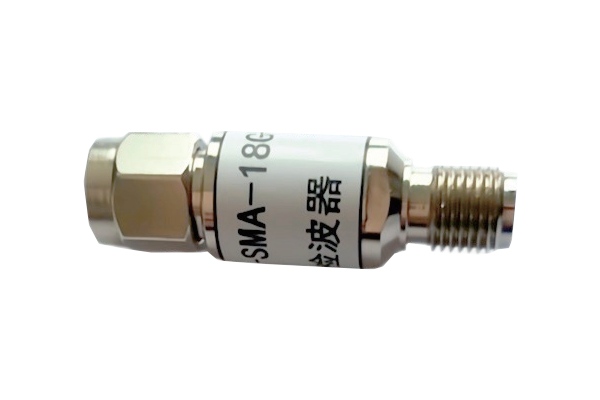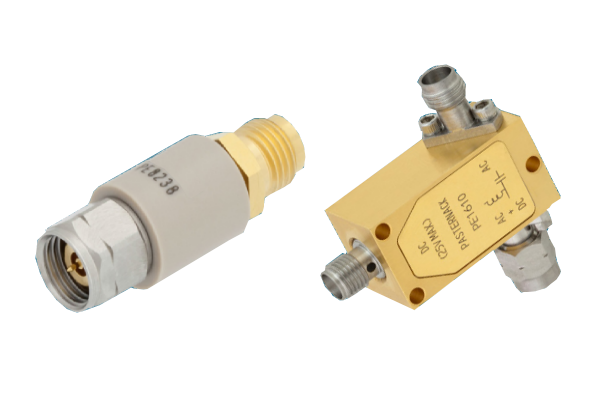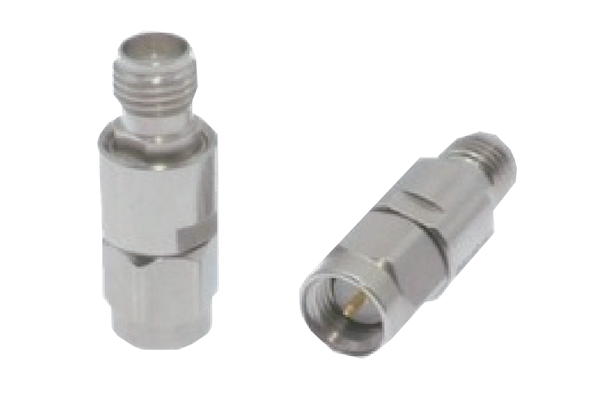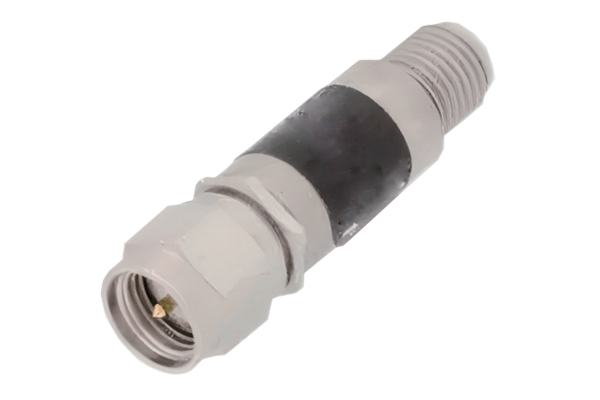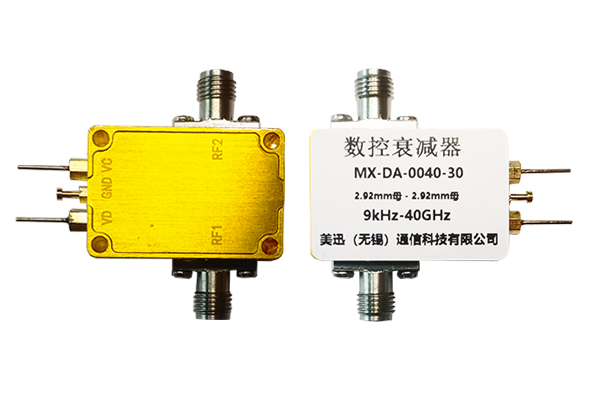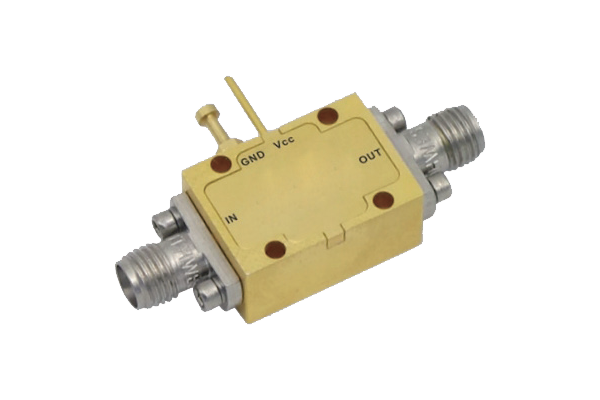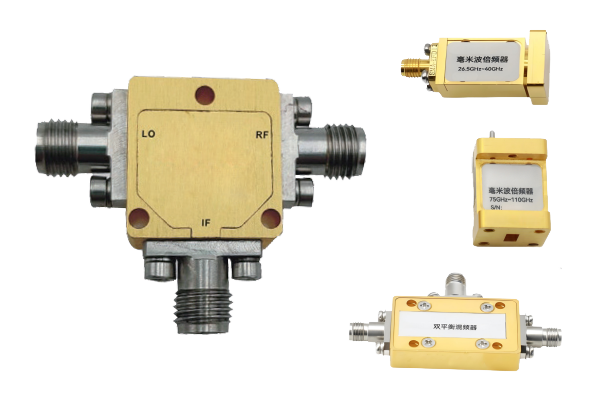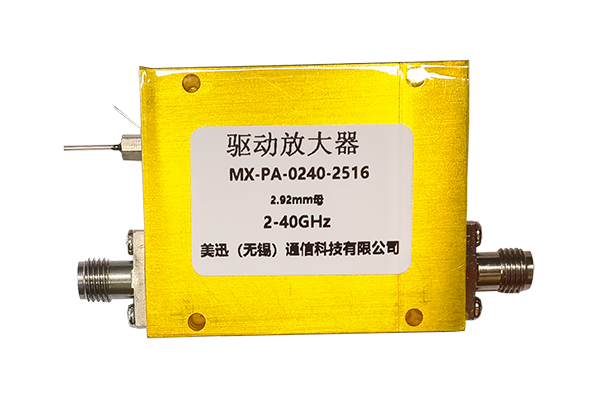How to Optimize LNA Amplifier Power Consumption
LNA Amplifier Power Optimization Strategies
1Select Low-Power Core Components
The power consumption characteristics of core components directly affect the overall power consumption of the LNA amplifier. Low-power transistors should be prioritized. These transistors consume less operating current while maintaining normal amplification performance, effectively reducing component-level power consumption.
Furthermore, low-power passive components, such as low-leakage capacitors and low-loss inductors, should be used to avoid increasing overall energy consumption due to excessive passive component power consumption. This lays the foundation for power optimization from the component selection stage.
2Optimize Circuit Structure and Parameter Design
In circuit structure design, adopt a simplified and efficient topology to reduce redundant circuit modules and avoid unnecessary energy consumption. For example, rationally simplify the inter-stage matching network to reduce component count and signal transmission loss while ensuring impedance matching, thereby lowering circuit operating power consumption.
Furthermore, precisely adjust key circuit parameters, such as bias current and voltage, to keep them within the low-power range while meeting performance requirements such as amplifier gain and noise figure, avoiding wasted power due to excessively high parameters.
3Introducing Dynamic Operating Mode Control
Based on the signal requirements of actual application scenarios, a dynamic operating mode control mechanism is designed for the LNA amplifier. When the input signal is strong or the system's signal processing requirements are low, low-power mode is triggered, reducing power consumption by reducing bias current and adjusting the operating frequency band.
When the input signal is weak or the system requires high sensitivity, the amplifier switches to normal operating mode to ensure signal amplification performance. This dynamic control method prevents the amplifier from maintaining high power consumption when not necessary, achieving a balance between power consumption and performance.
4Optimizing Power Management and Power Supply Design
Introducing an efficient power management module in the power supply chain and selecting components such as low-dropout regulators reduces energy loss during power conversion, providing a stable and efficient power supply for the LNA amplifier.
Furthermore, multiple independent power supply lines are designed based on the power requirements of different circuit modules. Lower voltage power is used for low-power modules, avoiding the energy waste caused by a unified high-voltage power supply.
Additionally, the power supply circuit layout is optimized to reduce power loss caused by line resistance, further improving power supply efficiency and reducing overall power consumption.



